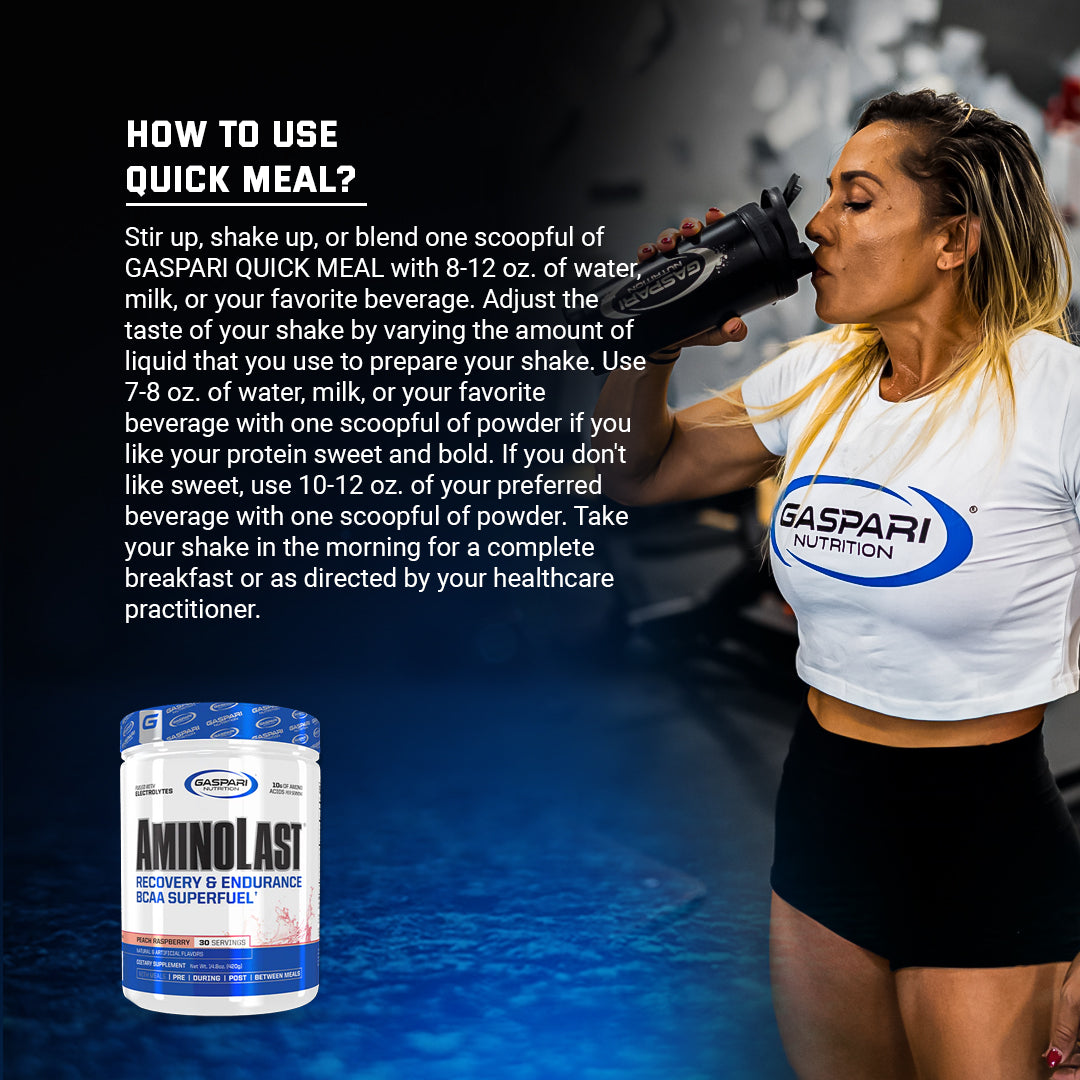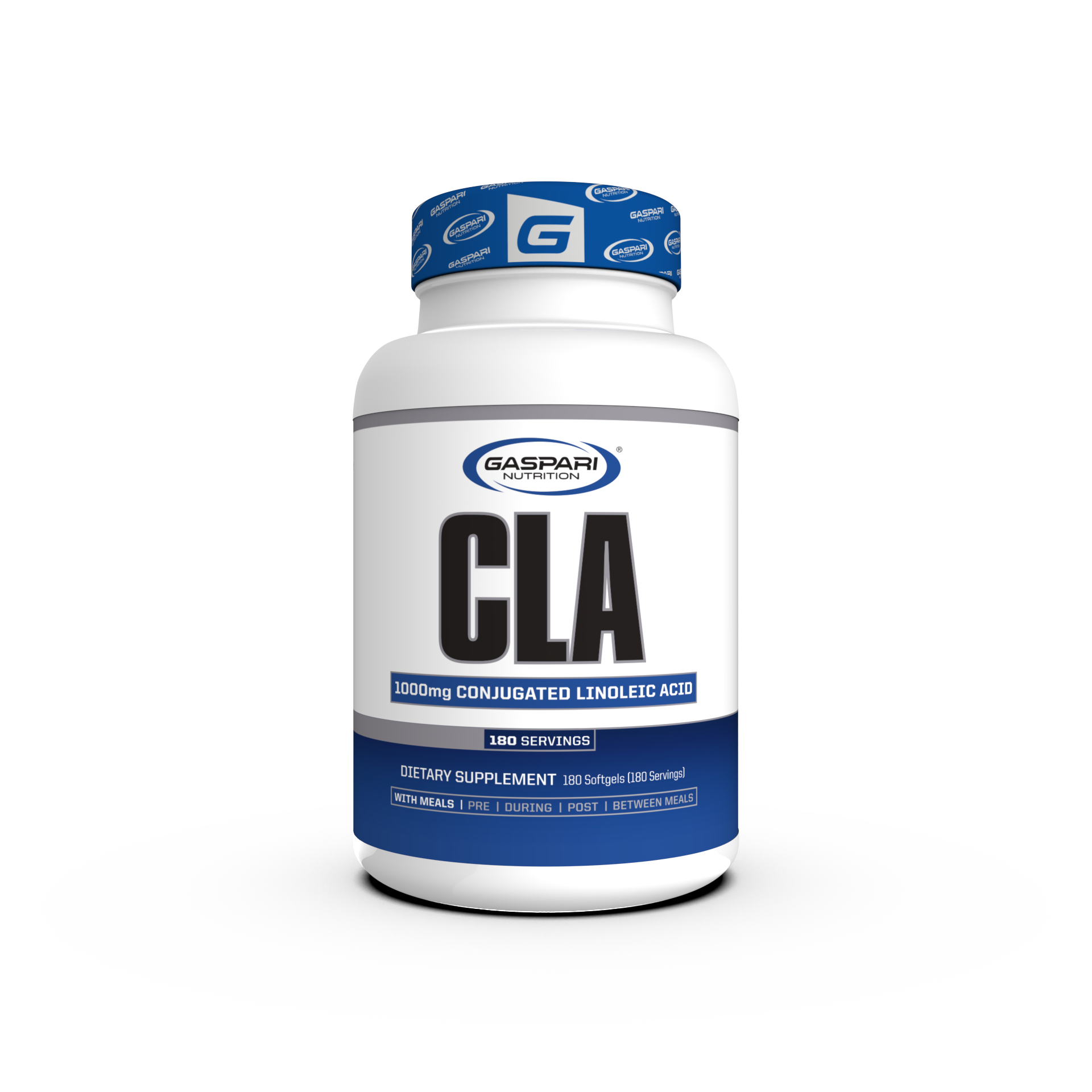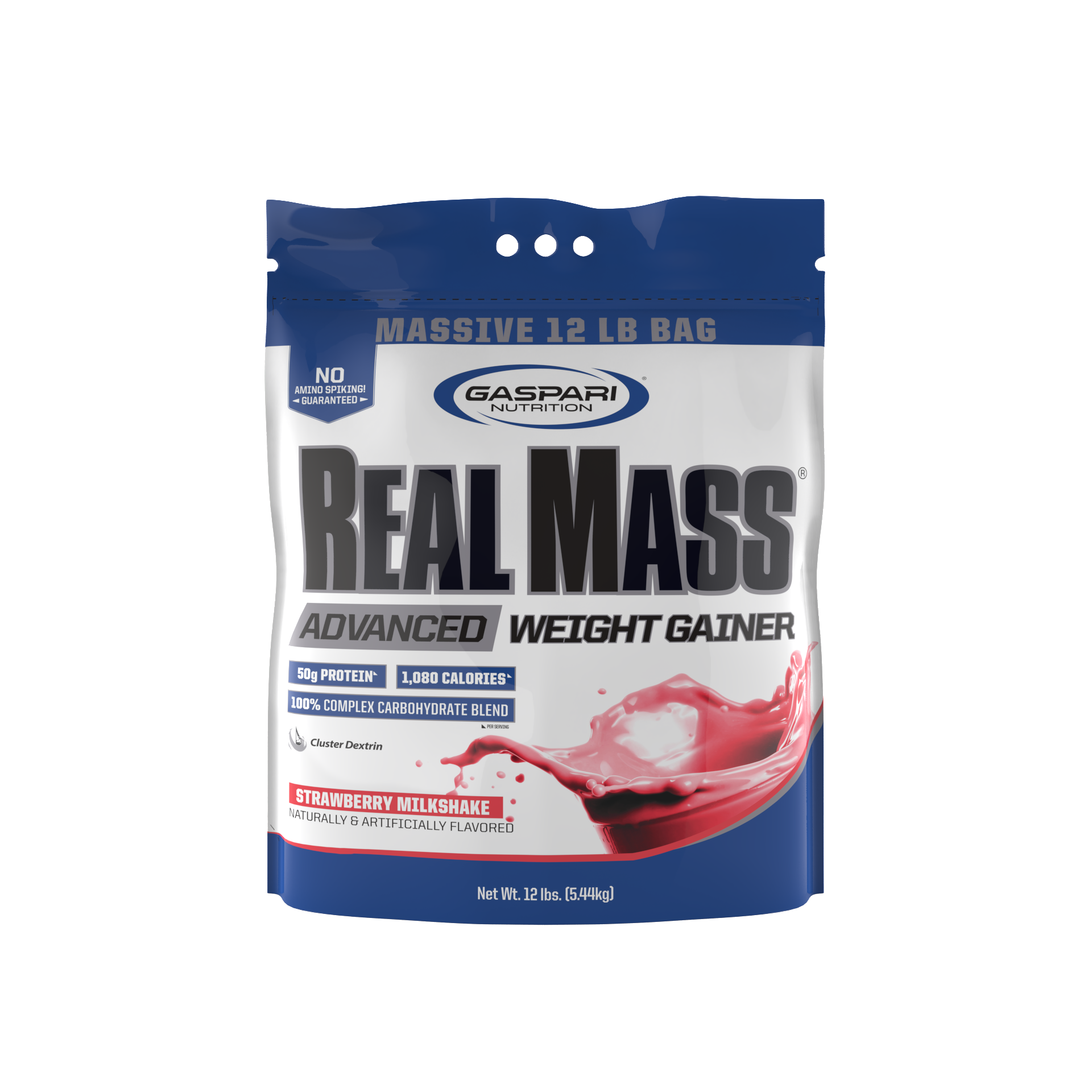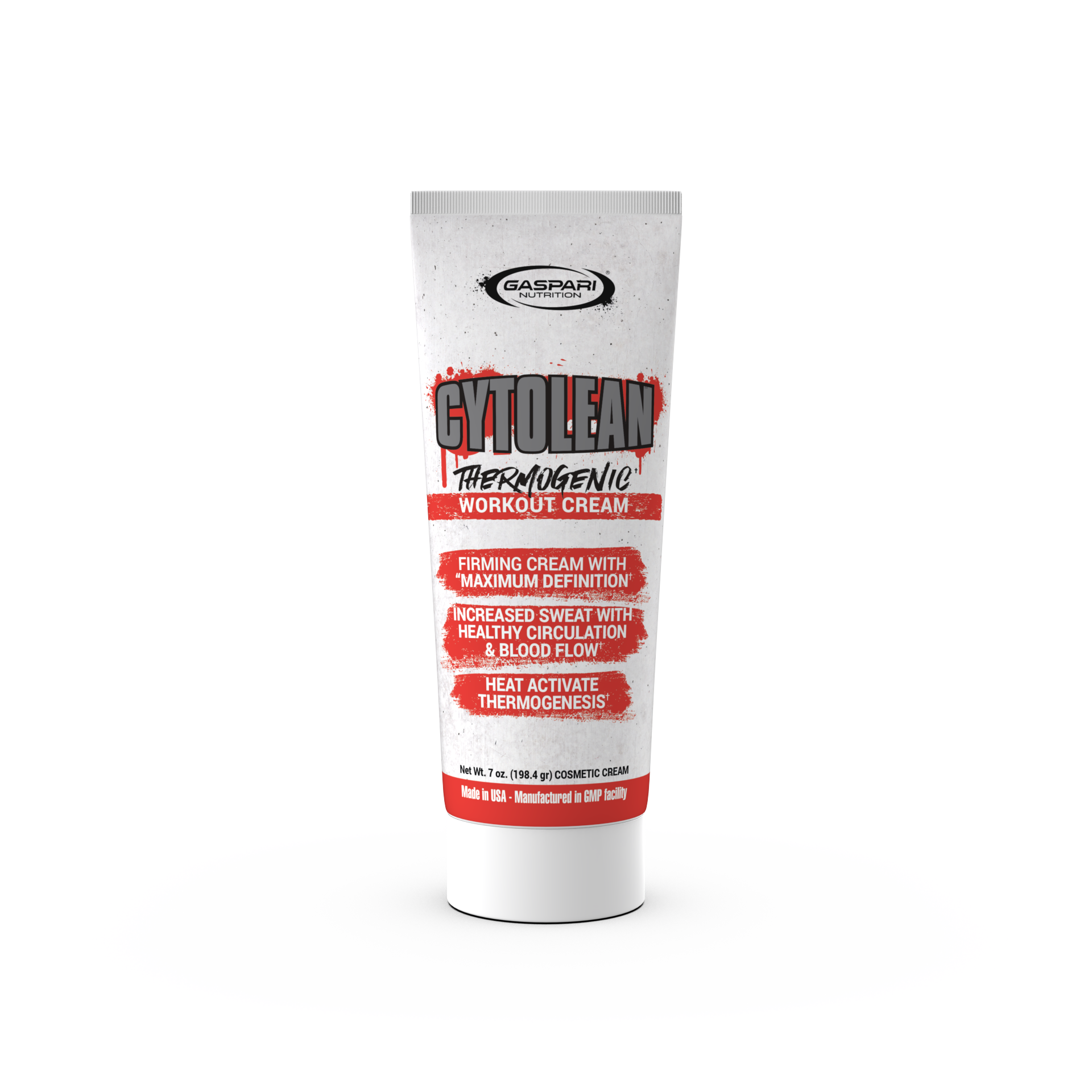I’ve been looking forward to talking about pyramid training, as I hear so many fitness experts swear by it. I’m not that married to the idea, but I do think in specific cases, this has merit. I do feel like it could do with some nuances which I think I will be bold enough to touch on here.
I’m getting ahead of myself, though. You hear of all these catchy-named exercise routines coming and going from popularity constantly. Pyramid training? Ok, will it be rhombus training next week? Well, while perhaps the name is novel to an extent, this concept isn’t that new.
The best place to start is in exploring what pyramid training actually is, right?
The Basic Idea
The basic idea is pretty straightforward. It’s a series of sets of the same exercise, but it moves along a gradient. You start with high-intensity, light-weight versions of the exercise, and as you go through the sets, you shift to less intensity for more weight.
The basic concept is to work endurance first. This also warms you up for more weight, and then once you’re fired up and your muscles are ablaze, you can build more by more weight-intensive sets. You’ve probably done this or the reverse before with something, and not thought much about it. It’s a pretty straightforward concept, and it just makes sense for the most part.
Variables
I think this works well for a lot of things and a lot of cases, but I do feel like there are a lot of variables that mean this idea should be more flexible. For one, some people can’t do this kind of escalation, needing lighter days and heavier days, rather than the shift mid-set.
This is a big concern I have for people over 40, as their bodies can’t burn and stress at the rates and shifting intensities which the pyramid concept embodies. And yet, I hear so many fitness people encouraging pyramid training for people in that age bracket.
I’m sure there are exceptions to the rule. There are older people that are real beasts, and I respect them for that. But this kind of training could be problematic for them.
I also hear people recommending it to beginners. By beginners, I mean people who’ve gotten past that first couple month wall and are committed. This workout can really put some strain on people, and overwhelm them if they feel these microscopic escalations too soon into their training.
Finally, there’s another group that I feel it would be unwise to try this training. Anyone with heart, joint, muscular, or nervous conditions will encounter problems from pyramid training as well. This fluctuation and escalation can worsen medical or bodily problems like this, so always, always consult your physician if you have any conditions, before attempting something like this.
Uses for Pyramid Training
In the case of people trying to build muscle, pyramid training can be invaluable. This is especially true for those who aren’t as into the aerobic exercises, or who don’t like high-impact aerobics like running or jumping rope. I often use pyramid training as a way to get some aerobic vigor into my routines when I’m more interested in weight training myself.
On top of just providing an excellent way to warm into high-weight training, there do exist some biological benefits. These can optimize your muscle-building results as well. You’re elevating your body’s respiration, circulation, and metabolism, which improves the efficiency of your fuel intake. You’re burning your carb fuels better. You’re distributing your electrolytes more effectively. You’re providing the needed protein to your muscles at a steadier and considerably more immediate rate thanks to your body being revved up.
For those who work out in the morning, but aren’t morning people per se, you can use the scale of intensity and weight to be a good way to wake up. This is a furtherance of that warm-up you get from the approach.
Optimizing Pyramid Training
So, if you think this is right for you, let me give you some advice on optimizing this, and a few tweaks I think the idea should offer. The most straightforward optimization is to minimize (within reason), the amount of rest you go for between the rep sets. This keeps your body running at peak capacity, and also helps prevent soreness or fatigue from setting in as quickly overall.
Don’t let your body cool down too much during this process.
I also think that for some people, a reverse of this process may be ideal, depending on the type of exercise you’re doing. Moving from weight to intensity isn’t always a good idea. However, for pushups, squat lift,s and the like, I can see this being just as viable, depending on your goals and your own mental profile.
Bottom Line
The bottom line is that this is an effective workout approach, depending on what you’re doing, and your own physical needs. Always talk to a physician before trying training like this, because it could cause problems depending on the conditions you may have.
However, if you get the go-ahead from medical professionals, I think pyramid training is worth trying, especially if you’re building up muscle. It may not be right for you, but you’re not out anything for giving it a couple of weeks of trial. To learn more about exercise philosophies like the pyramid approach, follow us on Facebook today.
The post What Is Pyramid Training? appeared first on Gaspari Nutrition.













































































Share:
Upper/Lower Split Training 101
What Is Body Recomposition?